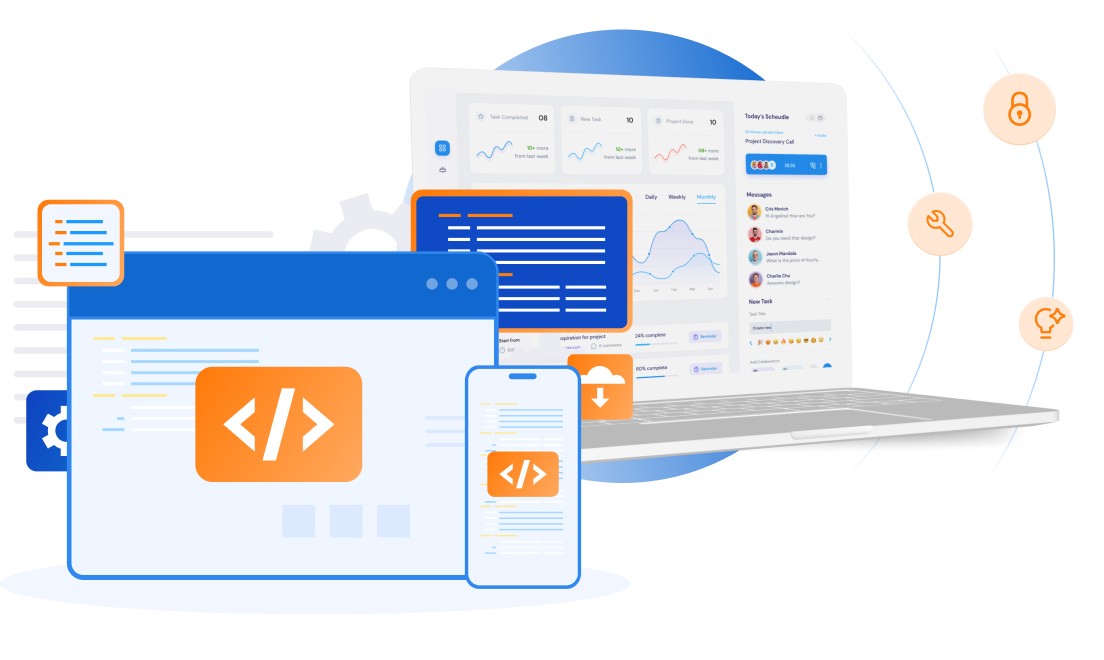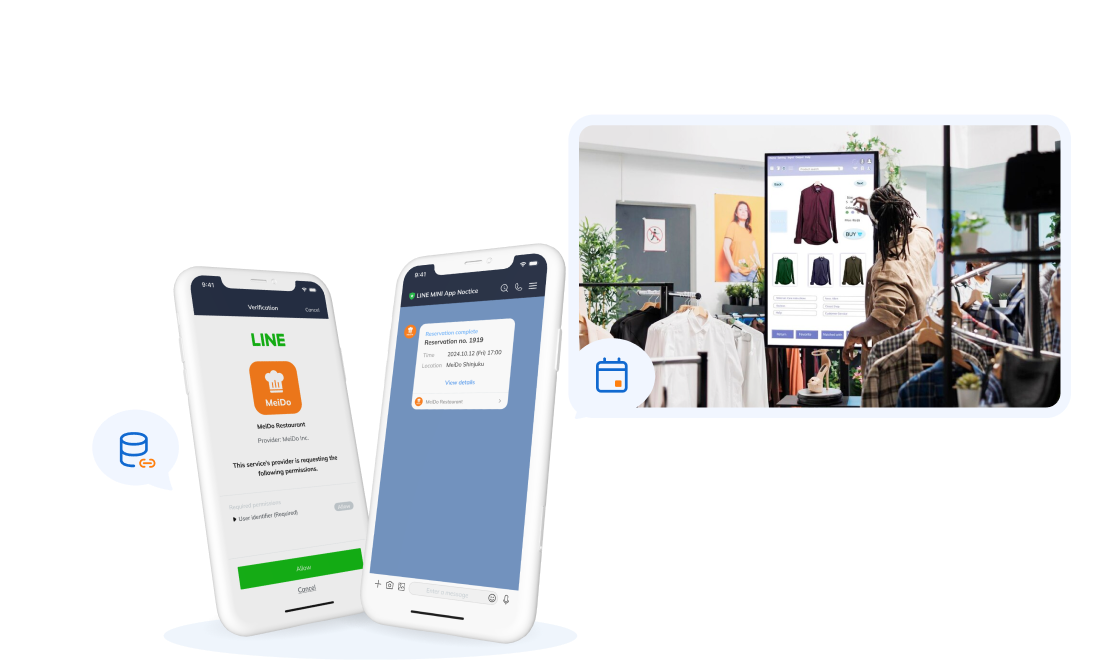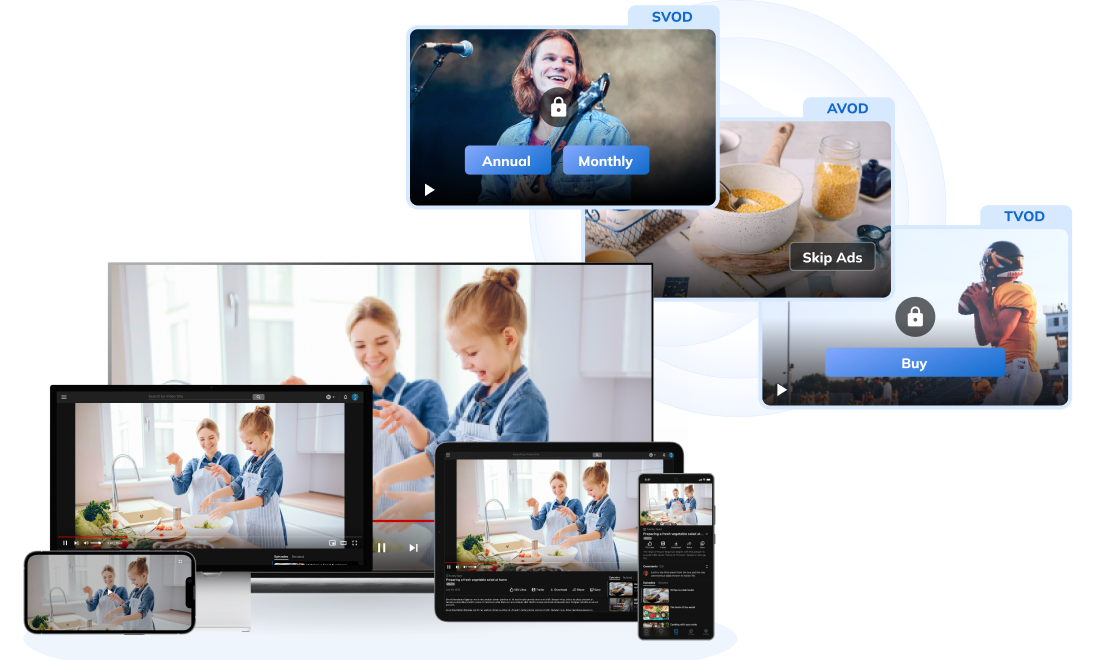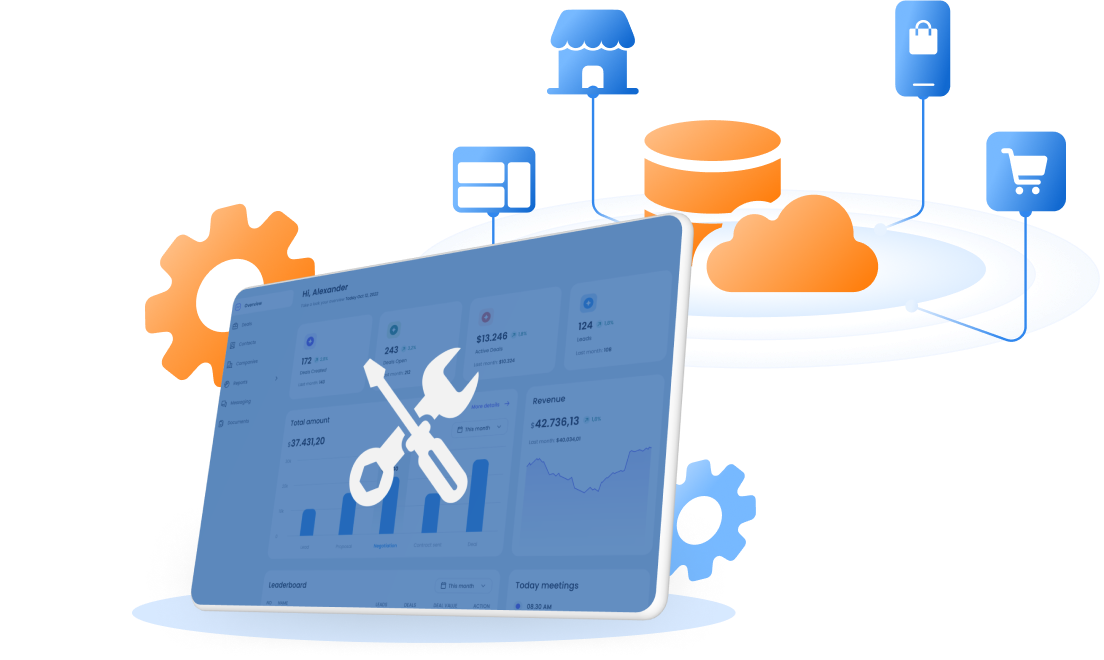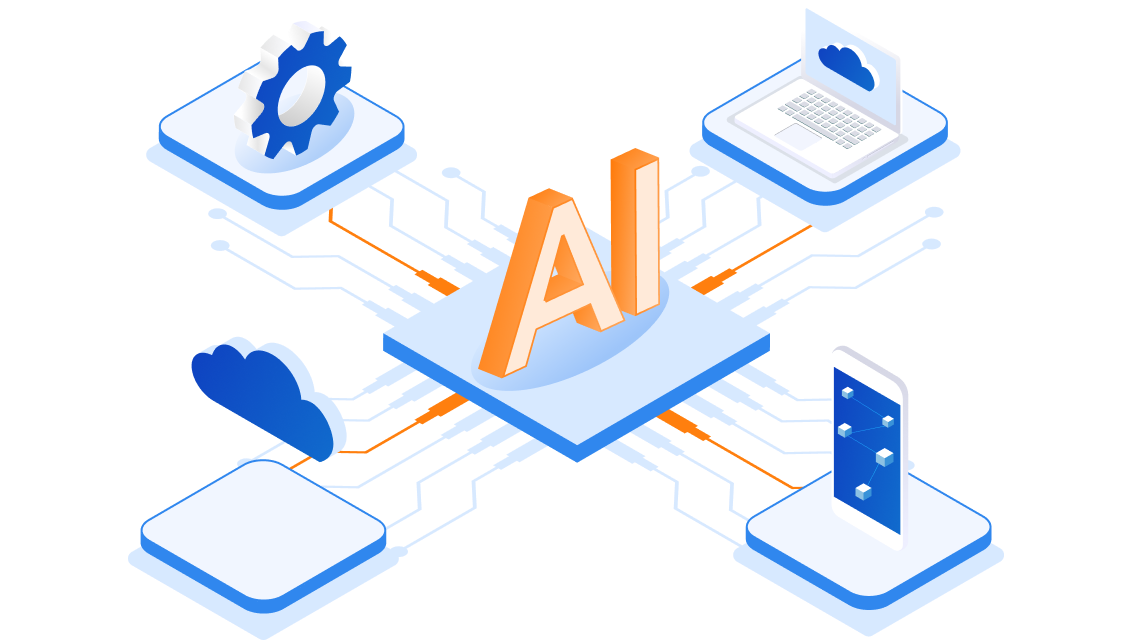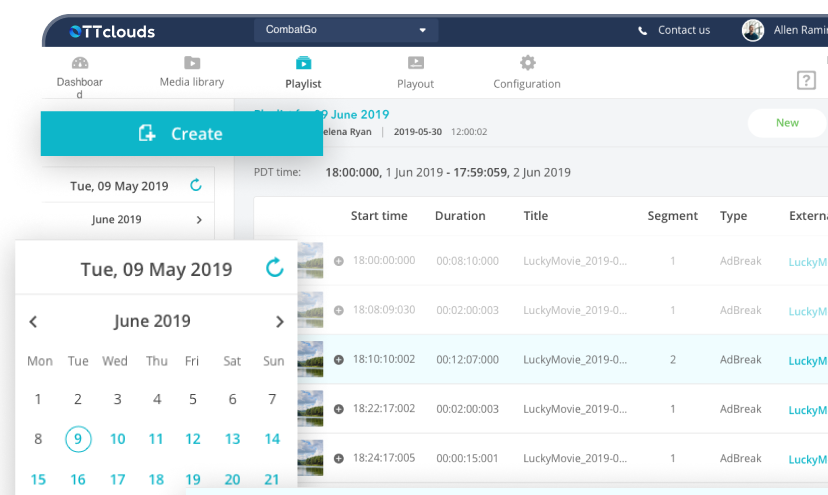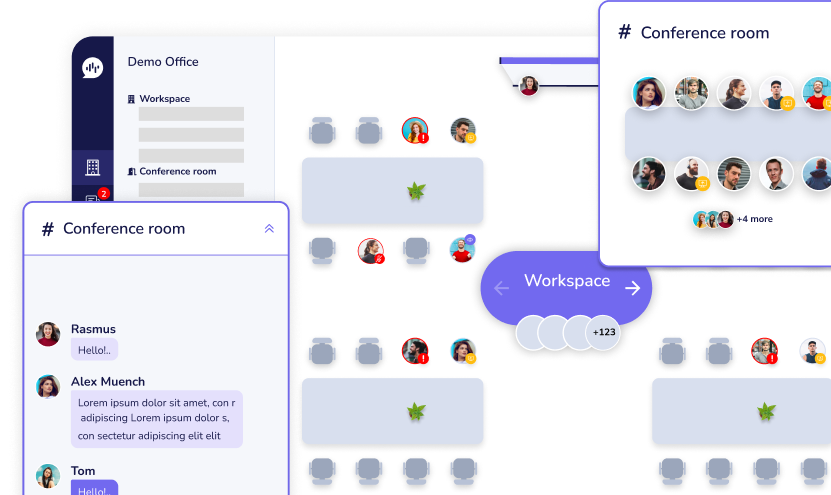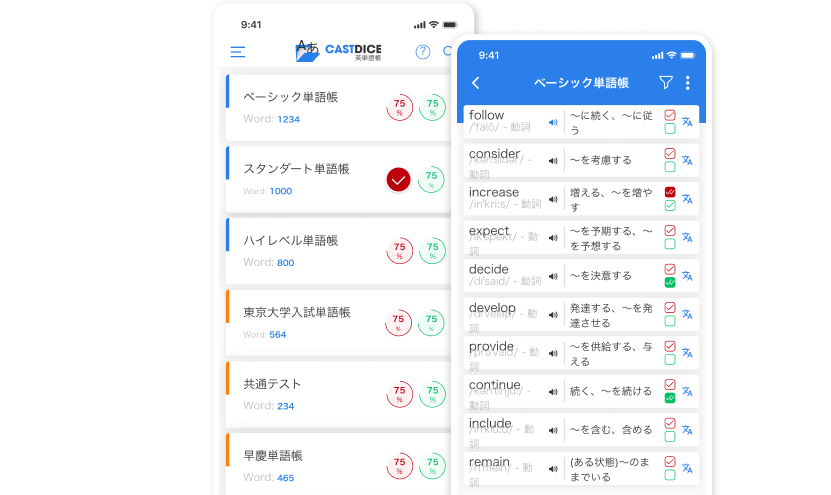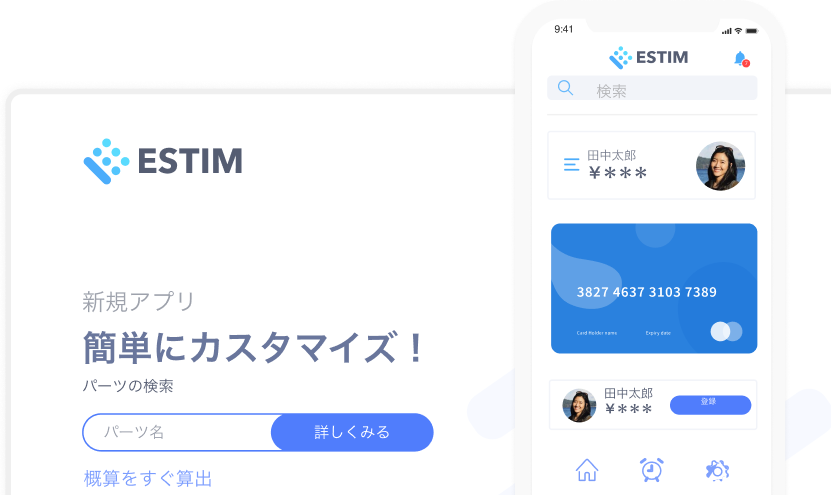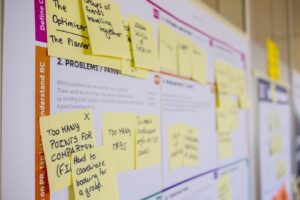What To Consider When Choosing Languages For Developing SaaS Products
17/11/2022
1.44k
Over time, several programming languages have emerged as reliable tools that developers can use to bring software ideas to life. However, software end-users simply want a product that excels at solving the problem at hand. They don’t care that much about the ingredients and recipe behind it.
Nevertheless, it’s extremely crucial to choose the right programming language when developing SaaS products. Making the wrong choice can lengthen the development lifecycle, produce a sub-par app and cost you even more money post-release as you try to fix several issues.
With that in mind, let’s discuss the major factors to consider when choosing a programming language for developing a SaaS product:
User-friendliness
Even though software creation is mainly done by those with above-average tech-savviness, technology is supposed to make things easier for everyone. So if a programming language requires convoluted syntax spanning several lines just to create a basic instruction, the code will get clunky quickly. This makes it hard to follow, especially for newcomers who join the team while the project is already underway.
And don’t forget that it will also be harder to document. Honestly, many languages can do much of what Python does, but Python remains a favorite for many developers due to its user-friendliness.
This language tries to make coding resemble writing actual English commands as much as possible. User-friendliness also extends to functionality like code templates and the extent to which a language simplifies code reuse.
Ecosystem
The first part of the ecosystem to consider is supporting tools. Consider the variety of libraries you can hook up to the language you’re using. Besides the libraries, there are documentation tools, automation tools, testing and quality assurance tools, and office/team productivity tools.
The more tools a language can work with, the easier it is to take a piece of your work and run it through as many processes in your workflow, bringing it to readiness in the shortest time possible. In addition, strong integration capabilities also simplify intra-team and inter-team collaboration. For example, error detection, logging and subsequent communication happen more fluidly.
The second part of the ecosystem to evaluate is the community. Find out how large and active the forums related to certain programming languages are. Communities encourage knowledge sharing, which helps you solve problems faster and at a lower cost while also opening your mind to new ingenious approaches that you can apply beyond an immediate challenge.

Photo by Christopher Gower on Unsplash
This is where open-source languages like JavaScript and Python beat the competition. According to Statista, JavaScript’s community size reached 13.8 million developers by the end of 2021, while Python came in second with 10.1 million developers.
Delivery Platform and Software Elements
You need to ask yourself two critical questions when choosing a programming language for developing a SaaS product. One is, “On what platform/OS will the final product run?” For example, are you developing a product for Windows only, or do you want to cater to the Mac crowd too?
The same goes for mobile, “Are you building for Android, iOS or both?” This question is particularly crucial because even though many frameworks can be used to develop cross-platform apps, such as React Native, Flutter or Xamarin, others stand out when developing apps for a specific platform.
For instance, many developers find Swift to be one of the best options for developing iOS apps, and also like Kotlin for Android app development. Unfortunately, there’ll always be trade-offs regardless of the approach you take.
If you go with a more universal cross-platform language, you’ll probably save money and release faster, but the product may not fully maximize one OS’s capabilities, especially when it comes to OS-specific APIs or performance-intensive processes.
Furthermore, you may also have to spend some extra time fiddling with interpreters and libraries. But if you go the native route with an option highly geared toward a specific platform, you’ll likely produce something that excels on that platform. Sadly, you may incur higher development costs and work slower.
Secondly, it also helps to consider which aspects you’ll focus on for your minimum viable product and other early iterations. For example, if your UX goals require a concerted effort on back-end development with a super lean front-end, you can start out with a language that is superb for back-end work and adequate for your simpler front-end goals.
As you enhance the front end further down the road, you can spend more time exploring the valuable capabilities that differentiate Elm, TypeScript, CSS, HTML and other tools.
Human Resources
This factor may seem like one you have to deal with after you make a choice, but it’s worth keeping an eye on from the get-go. For starters, some languages are newer and have fewer developers with high proficiency levels, which often means higher pay demands.

Photo by Annie Spratt on Unsplash
But then again, because some languages are more widely used, even the developers with preliminary knowledge have jobs most of the time. Consequently, the salary ranges for developers using languages like Python and Java remain pretty high.
The trickier bit comes in when you intend to use multiple languages but you want to moderate the developer expenditure. Finding developers who are sufficiently skilled in the specific combination of languages you want to use might be harder. And if you do, you’ll probably need them more than they need you, and they’ll know it, so they won’t hesitate to charge you highly.
Wrapping Up
Ultimately, the question of how to choose the right programming language remains a complex one. Technology constantly evolves, and many tools roll out new amazing functionality faster than you can blink. Moreover, some entirely new tools come onto the scene every now and then.
So whatever you do, ensure that you have clear goals regarding the quality of the SaaS product you want to deliver and avoid shortcuts since they’ll probably cost you more later.
Luckily, a professional team like SupremeTech can relieve you of the burden of which programming language to choose. You can contact us for a free consultation on the scope of software development solutions we provide.


